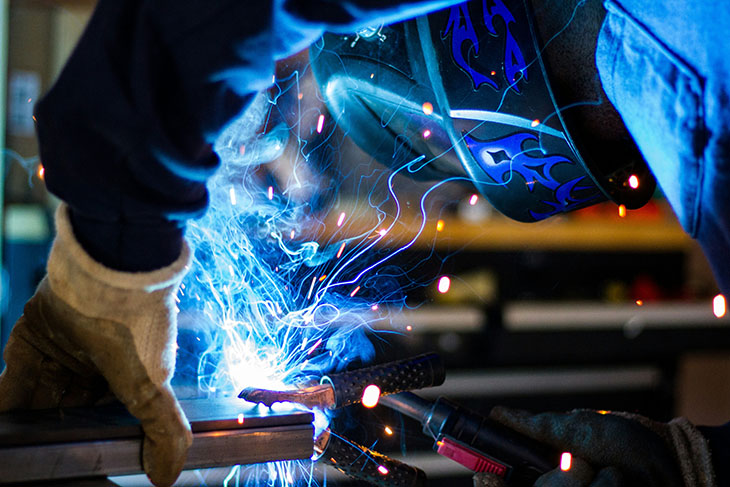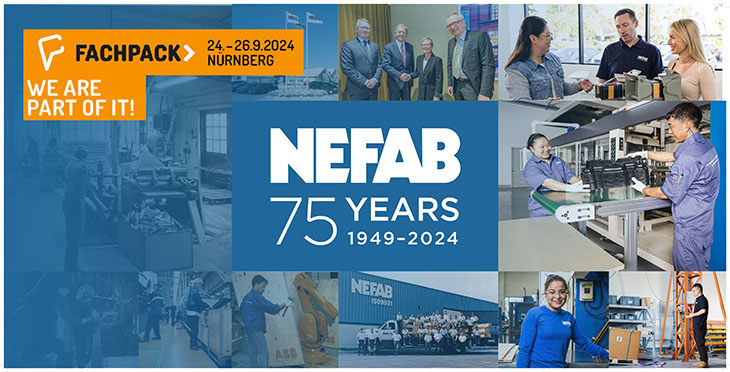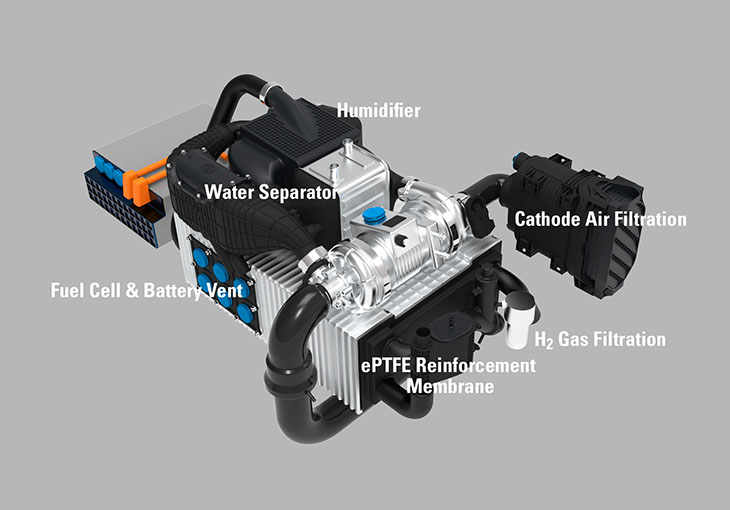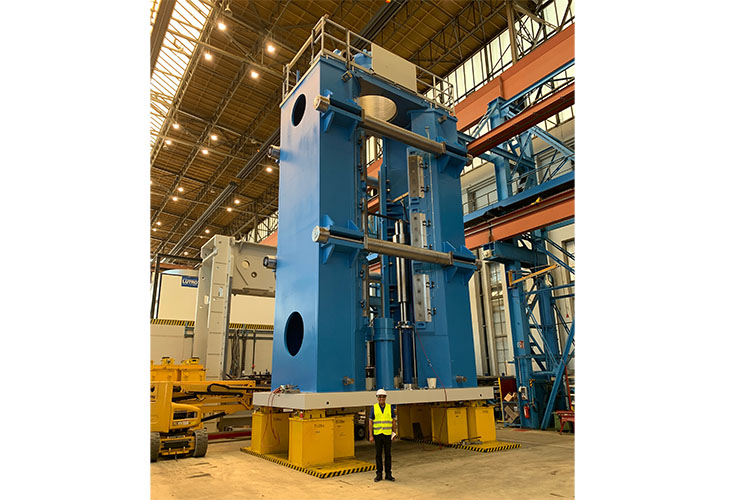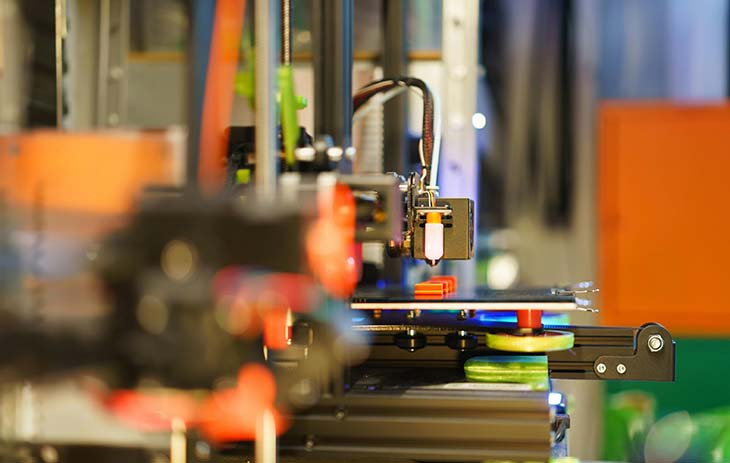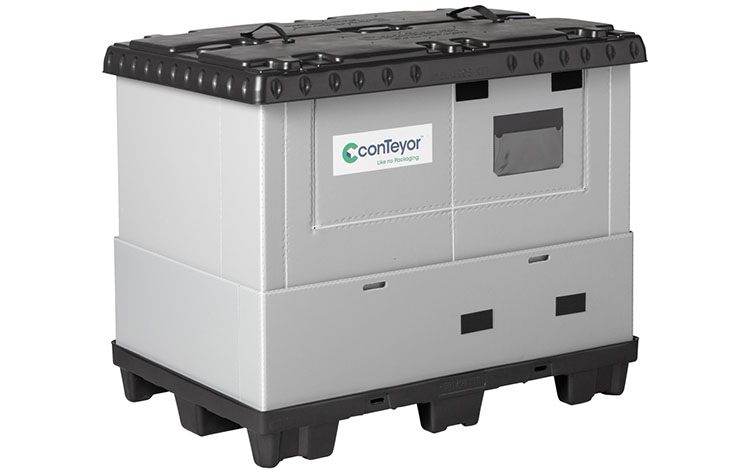In the realm of welding efficiency, robotic welders have recently taken the spotlight. However, manual alternatives are sometimes necessary, so many businesses must choose between these options. That doesn’t mean such processes must rely on older technologies. Handheld laser welding has emerged as a promising new contender.
Many automated welding machines use lasers, but it’s now possible to harness this technology in a smaller form factor. These novel solutions offer many benefits but — like any innovation — come with a few unique usage considerations. Consequently, it’s important to compare them to older alternatives to find the best option for your workflow.
Handheld Laser Welding
On the surface, handheld laser welding equipment looks much like arc welders. The machine uses electricity and lets you adjust the output power, but instead of creating an electrical arc, it produces either a fiber or solid-state laser.
Benefits
Handheld laser welding has many of the same advantages as larger laser machinery. Most notably, it has a narrower heat-affected zone than conventional methods, achieving a spot size of just 150 micrometers in some cases. As a result, there’s less risk of distortion when working with thin or flexible metals. The welds are typically stronger for the same reason — less heat softening results in higher material integrity.
Unlike inert gas options, lasers also do not require bulky pressurized containers, making the equipment lighter and more portable. Because these energy beams are so precise and carry relatively few hazards, they’re also easier to control, which is ideal for newer workers.
This controllability and precision mean it’s also quick — as much as four times faster than TIG welding. Consequently, shops can finish more products in less time for greater productivity and lower relative operating costs.
Disadvantages
The most prominent downside to handheld laser welding is it carries higher upfront costs. As a newer technology, the equipment is more expensive than widely available inert gas or arc alternatives. While the lower ongoing expenses may make up for it over time, the initial investment may be too high for some facilities.
Handheld lasers also introduce unique safety concerns. The lack of bright lights or heat may make them feel safer, leading to a false sense of security. As a result, dangerous mistakes like getting too close to the cutting beam or neglecting proper PPE may be more likely. Considering workplace injuries cost employers $167 billion in 2022 alone, some may be uncomfortable with that risk.
Metals with high thermal conductivity or reflectivity do not always weld as well with this technique, either. Joining dissimilar materials introduces similar concerns.
Traditional Welding
Conventional welding is a broader group, covering TIG, MIG and arc systems, among others. As a result, its pros and cons are more varied, but a few general trends remain in comparison to laser alternatives.
Benefits
Traditional techniques are highly cost-effective. As a long-established technology, the equipment is available from a wide variety of vendors, which drives down costs and gives organizations more options.
Conventional welding is also versatile, especially TIG solutions. Employees don’t have to worry about how some metals react and can safely join dissimilar materials. This adaptability can further improve their affordability benefits.
While high heat is not always an advantage, traditional systems’ temperatures mean they can work with thicker plates. Many lasers struggle with materials thicker than 10 millimeters, but TIG, MIG and arc alternatives can easily go beyond that.
Disadvantages
Of course, those benefits come at a cost. Most significantly, these older welding methods all produce broad heat-affected zones. As a result, warping and softening are prominent concerns, especially when joining thin plates or metals with high thermal sensitivity.
TIG and MIG welding have a steeper learning curve, too. This may make errors more likely. It’s also worth considering the current shortage of 375,000 welders — a gap that could grow in the future. Addressing the shortage will result in a greater number of new, less experienced workers. Longer training times are not ideal in such a scenario.
Traditional techniques are also slower than lasers. Depending on how much they slow operations, the lack of speed could counteract any initial monetary savings by hampering productivity.
Which Is Best?
You should begin to see which welding option is best for you when comparing these advantages and disadvantages. Handheld laser welding is the optimal choice in most cases, but some workflows still benefit from older methods.
Handheld lasers are the ideal way forward whenever efficiency is a primary concern. They’re also preferable when working with thin or sensitive materials, with a less experienced workforce, or for jobs requiring higher precision.
By contrast, TIG welding may be better when joining dissimilar metals or plates thicker than 10 milliemeters. Smaller operations with less room in the budget may also prefer these affordable options, though the long-term savings of lasers are worth considering.
Use the Right Welding Technique for Your Workflow
The ideal welding method depends on your budget, materials and relevant concerns. Once you understand how various solutions perform in relation to these considerations, you can make an informed choice.










